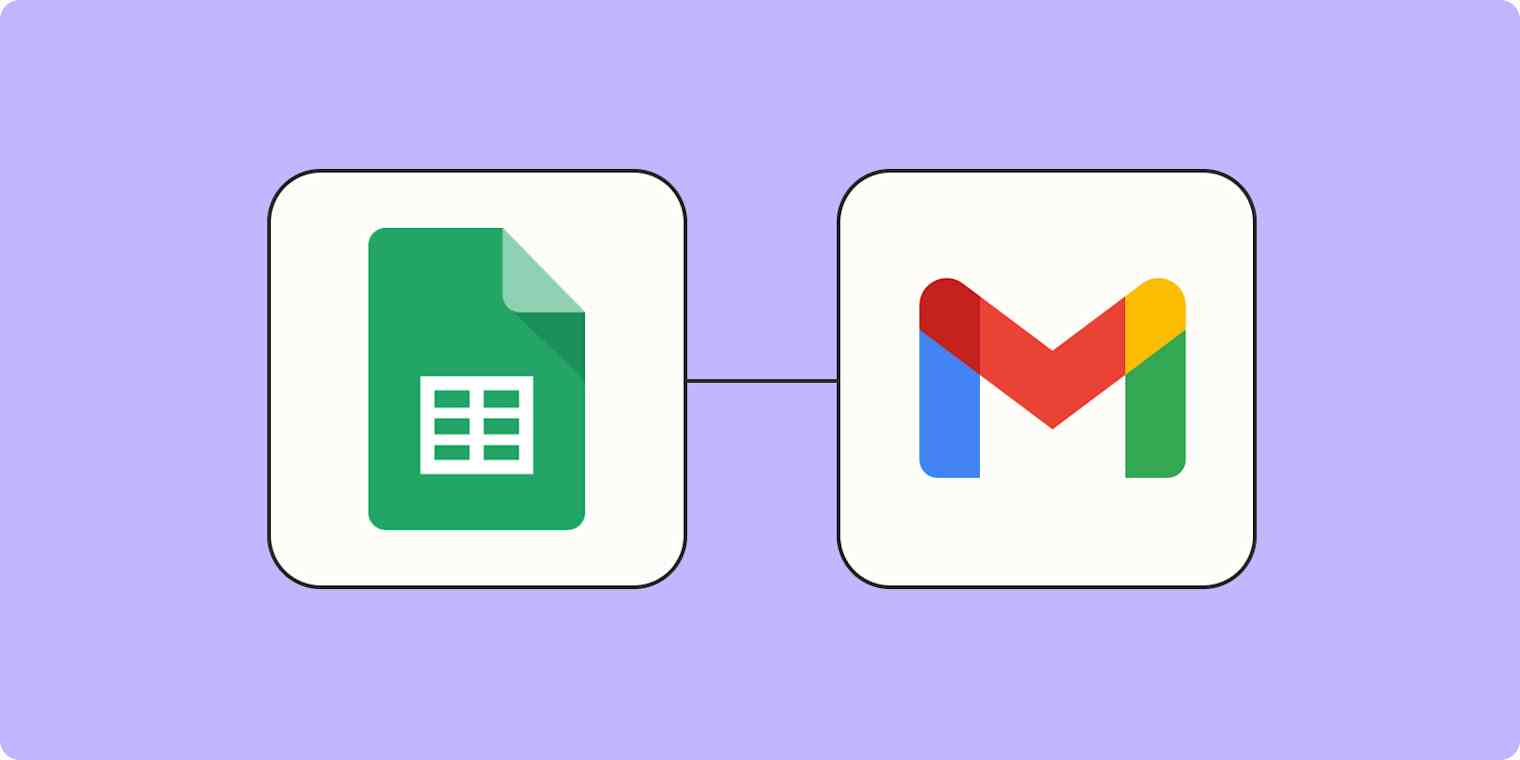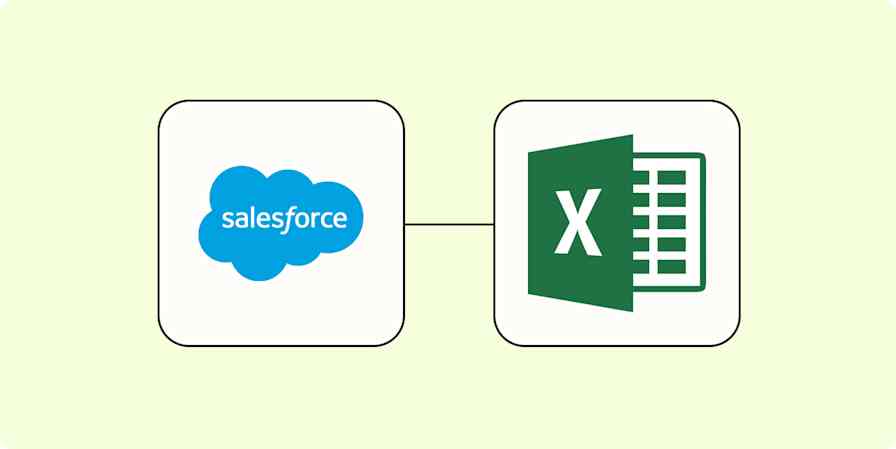Zapier tutorials
5 min readHow to send an email when updates are made to Google Sheets rows
By Krystina Martinez · November 27, 2024

Get productivity tips delivered straight to your inbox
We’ll email you 1-3 times per week—and never share your information.
mentioned apps
Related articles
Improve your productivity automatically. Use Zapier to get your apps working together.






